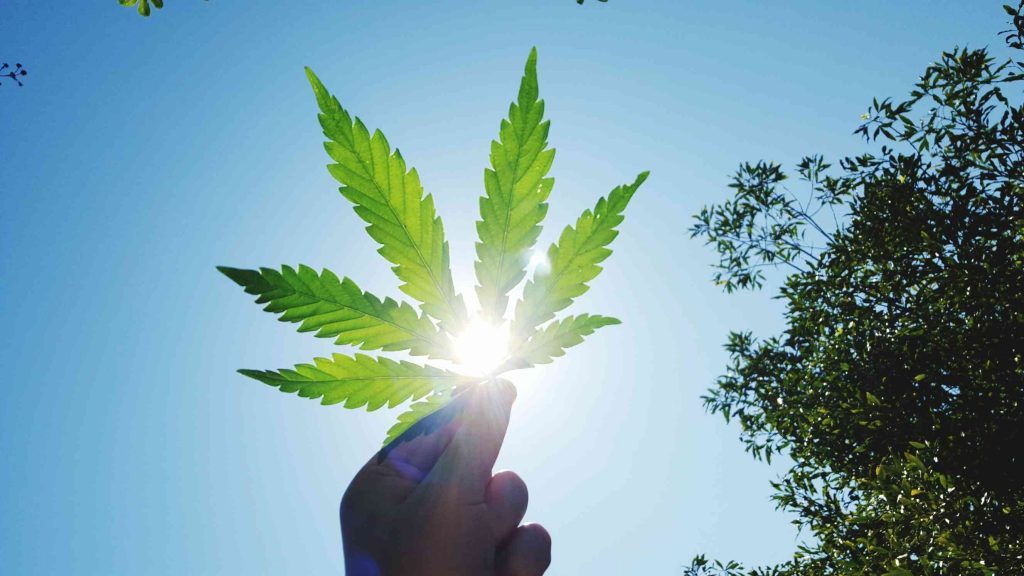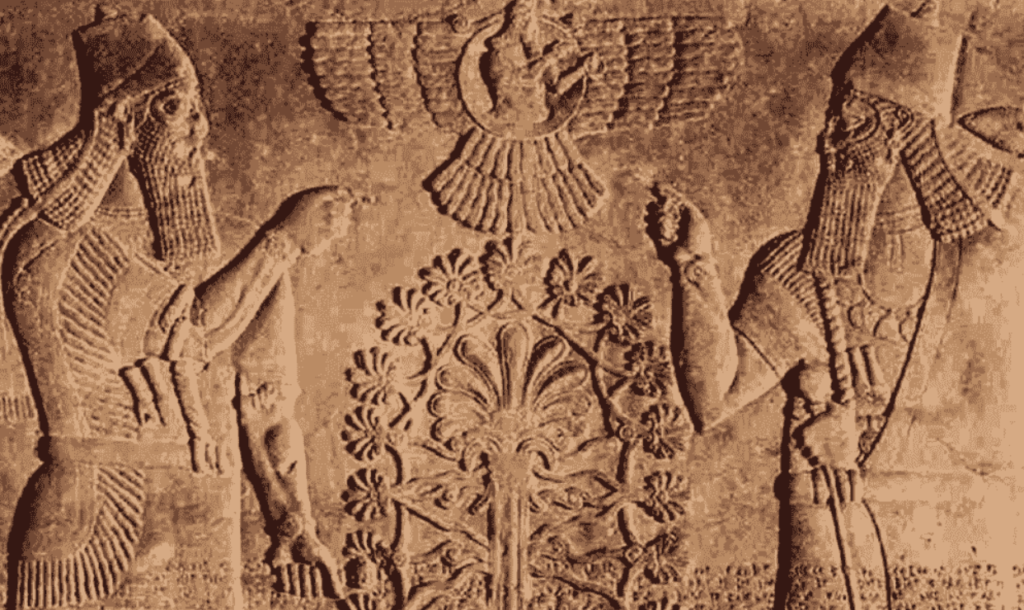Introduction
Cannabis, often referred to as marijuana, weed, or pot, etc. has a rich and intricate history deeply woven into the fabric of civilization. Its use dates back thousands of years, playing multifaceted roles in ancient cultures, medicine, and spirituality. In this exploration of the history of cannabis use, we will journey through time, uncovering the fascinating story of this versatile plant.

What Role Did Cannabis Play in the Myths and Legends of Ancient Cultures?
Explore the captivating world of ancient myths and legends intertwined with cannabis. Dive into the mysterious and often symbolic connections between cannabis and the stories that have been passed down through generations. Discover the mythological significance and rituals that made marijuana an integral part of ancient cultures’ narratives, providing insights into their beliefs and practices.
Ancient Cannabis Use in Medicine
Our story begins with the earliest documented instances of cannabis as medicine. Ancient civilizations like the Chinese and Egyptians recognized the medicinal properties of this plant. In ancient China, Emperor Shen Nung, who is often considered the father of Chinese medicine, documented the benefits of marijuana in his pharmacopoeia around 2737 BC. He lauded its effectiveness in treating various ailments, including rheumatism and malaria.
In Egypt, traces were found in the tomb of Pharaoh Ramses II, suggesting its use in burial rituals. The ancient Egyptians used cannabis for its analgesic and anti-inflammatory properties, making it an essential component of their medical practices.
Cannabis Throughout History Timeline
Let’s fast forward through history, gliding along the timeline. Let’s journey to ancient India, where people revered cannabis as a sacred plant, believing it to be a gift from the gods. They actively incorporated its consumption into central roles within religious rituals.The Vedas, ancient Hindu texts dating back to around 1500 BC, mention cannabis as one of the five sacred plants, referring to it as “sacred grass.”
In 1850, it made its way to the United States, initially used for medicinal purposes. Dr. O’Shaughnessy, an Irish physician, introduced cannabis as a treatment for various conditions, including pain and muscle spasms.

Cannabis in Ancient Civilizations
The role it played in ancient civilizations goes beyond its medicinal use. People integrated cannabis into their religious and cultural practices, frequently assigning it a pivotal role in rituals and ceremonies. In India, devotees associate cannabis with the god Shiva and continue using it in religious rituals today. Ancient Greeks believed cannabis possessed therapeutic properties and employed it in treating various ailments.
A little fun side note: The Scythians, a nomadic warrior culture from Central Asia, used cannabis as part of their burial rituals. They would throw cannabis seeds onto heated stones, creating a vapor that participants inhaled, inducing a trance-like state.
Historical Significance of Cannabis
Cannabis holds a significant place in history due to its impact on trade, exploration, and cultural exchange. People used hemp, a low-THC variety of cannabis, to craft textiles, ropes, and paper. Remarkably, they even employed hemp paper in crafting the initial drafts of the Declaration of Independence.
During the Age of Exploration, cannabis made its way to the New World. Hemp cultivation played a crucial role in the colonial economy, with many early American settlers required to grow hemp as a staple crop.

Cannabis in Folklore and Ancient Texts
Throughout history, cannabis has been a recurring theme in myths, legends, and ancient religious texts. In Norse mythology, the goddess Freya is associated with the plant, and people believed it granted insight and inspiration. Greek mythology also features the Scythians, as mentioned earlier.
In fact, In one ancient Chinese legend, the emperor Shen Nung, who discovered cannabis’s medicinal properties, accidentally consumed the plant and experienced its psychoactive effects. This legendary event is often cited as one of the earliest recorded instances of someone getting “high” on cannabis.
While many reference this legendary event in cannabis history, it’s crucial to recognize that different versions may vary in their details. Historians and scholars continue to debate the accuracy of this tale. Some believe it is more symbolic than factual, representing the early exploration of herbal medicine and the discovery of the plant’s potential effects.
Regardless of its historical accuracy, the story of Emperor Shen Nung and cannabis serves as a testament to the deep-rooted history of cannabis in traditional Chinese medicine and highlights the plant’s long-standing cultural significance in ancient China.
Rediscovering the Cannabis Renaissance
In the modern era, the path for cannabis takes a remarkable turn, forging a path from its centuries-old customs and cultural significance. Shifting attitudes, science, and evolving laws create a complex picture of contemporary cannabis.
Cannabis Under Scrutiny: 20th Century Prohibition
During the 20th century, concerns about the psychoactive effects and potential for abuse associated with cannabis began to surface, reshaping its image from a widely used substance to one entangled with perceived social and health problems.
Legislative Actions: Various countries, most notably the United States, initiated legislative efforts to regulate and eventually prohibit Marijuana. The Marijuana Tax Act of 1937 marked a significant milestone, imposing stringent restrictions on cannabis use and cultivation.
International Influence: The 1961 Single Convention on Narcotic Drugs significantly impacted global regulation. Its aim: a global framework for controlling and regulating narcotic substances, including cannabis.
Cannabis’s Schedule I Classification:
Under the Single Convention, cannabis was categorized as a Schedule I substance. This designation placed it at the highest level of control, signaling widespread international consensus on the perceived risks associated with cannabis use. As a result, a series of strict controls and limitations were imposed. Including:
- Production Restrictions: Countries had to tightly regulate and monitor cannabis cultivation, limiting it for any purpose, including medical and scientific uses.
- Export and Import Regulations: The treaty introduced rigorous regulations governing the international trade of cannabis and its derivatives. Special licenses were required for import or export, subject to close monitoring.
- Medical and Scientific Oversight: While recognizing the potential medicinal and scientific benefits of cannabis, the convention emphasized the need for strict controls to prevent misuse and diversion. This led to the establishment of strict systems governing access to cannabis for medical and research purposes.
- Controlled Substances Boards: Signatory countries had to establish national bodies responsible for overseeing the implementation of the Single Convention’s provisions related to controlled substances like cannabis. These bodies were known as Controlled Substances Boards
Impact on Global Policies: The Schedule I classification of cannabis under the Single Convention initiated an era of heightened prohibition and cultivation restrictions globally. Subsequently, shifting public attitudes and mounting scientific evidence endorsing cannabis’s potential benefits prompted policy changes. Many regions reevaluated, allowing cannabis decriminalization and legalization, including medical and recreational uses.
The Single Convention on Narcotic Drugs of 1961 was a pivotal moment in regulating cannabis globally, classifying it as highly controlled. It significantly influenced global policies, igniting continuous debates and shifts in the perception and regulation of cannabis worldwide.
Stigmatization: As Marijuana became associated with counterculture movements, it became stigmatized and experienced a decline in social acceptance, further contributing to its evolving narrative.
Comedian and Pot enthusiast Tommy Chong is often credited with one of the most well-known quotes about cannabis:
“Stoners live and stoners die, but in the end, we all get high, so if in life you don’t succeed, fly high and smoke some weed.”
Tommy Chong
This quote captures the laid-back and often humorous spirit of stoner culture. It emphasizes the idea of relaxation and the enjoyment of cannabis to unwind and find solace.
It’s important to note that “stoner culture” and the use of Marijuana have a wide range of perspectives and associations, and not all individuals who consume this plant identify with or embrace this stoner culture. Quotes like the one above reflects a particular subculture within the broader community.
Cannabis’s Renaissance: A Resurgence of Interest
The Medicinal Marvel
Recent years have witnessed a remarkable resurgence of interest in cannabis, primarily propelled by growing scientific understanding and evolving public opinion.
Legalization Momentum
Several countries and U.S. states have embraced decriminalization and legalization measures for cannabis, both for medicinal and recreational use. This reflects changing attitudes and the realization of the economic potential associated with a regulated cannabis industry.
Social Transformation
Cannabis is still in the process of shedding its stigma and gaining greater social acceptance. Its now regarded less as a threat and more as a source of potential revenue and health benefits.
Scientific Illumination
Extensive research has unveiled the therapeutic potential compounds such as CBD (cannabidiol) and THC (delta-9-tetrahydrocannabinol). These discoveries have expanded the range of applications, from pain management to mental health support.
The modern era ushers in a nuanced chapter in cannabis history. It represents a departure from its traditional roles but also a renaissance driven by scientific inquiry and evolving societal viewpoints. As we journey through the 21st century, we’re rediscovering and reevaluating cannabis, bridging ancient customs with modern science and regulations.
Conclusion
In our exploration of the history of cannabis use, we’ve delved into its ancient medicinal roots. We’ve examined its diverse roles in different civilizations, including its significance in trade and exploration. Additionally, we’ve uncovered its presence in folklore and ancient texts.
Cannabis, from Indian rituals to American documents, left an indelible mark on history.
As we continue to learn and rediscover the potential benefits of cannabis, it’s essential to acknowledge its storied past. The history is a complex and fascinating one, a thread woven into the fabric of humanity’s journey through time.
Want to Learn More?